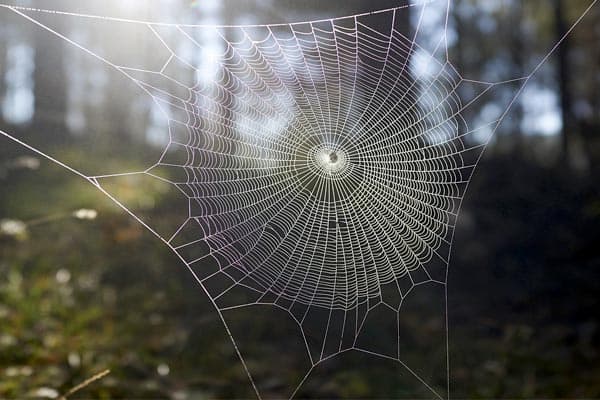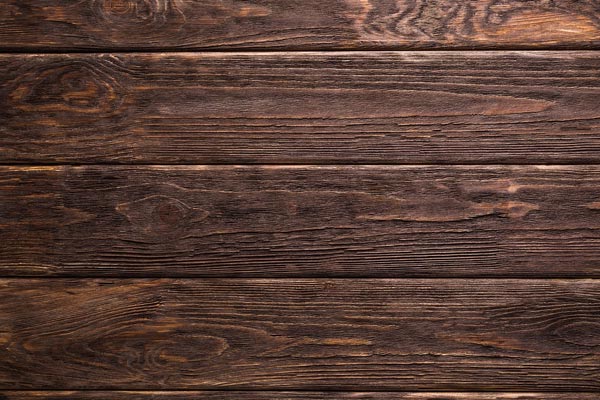How to Clean a Wood Fence Without a Pressure Washer – Step-by-Step
A wooden fence is a great way to protect your privacy levels around your property while making it look stunning and secure.
Unlike traditional metal fencing, wooden fences give a natural and warm finish to your garden, and you can choose from several different species to change the color of the fence as well as how long it lasts.
However, wooden fencing is susceptible to mold, dirt, and mildew if you don’t periodically wash it.
But how to clean a wood fence without pressure washing?
It’s true that a lot of people use a pressure washer to clean their wooden fences, but this also opens the door to damaging the wood if you accidentally have the pressure on too high.
So, you can clean the wood fence by hand using a few simple tools and either store-bought or homemade cleaning solutions.
Depending on the size of the fence, this can take a while, but you control exactly how much pressure your fence experiences to ensure you don’t damage it.
Since cleaning your wood fence at least once or twice a year is a key to maintaining it and having it look stunning, we’re going to outline exactly how you do this by hand.
We’ll also give you tips for creating your own cleaning solution if you don’t want to go out and purchase one.
Routinely Clean Your Wood Fence to Maintain It
Unlike steel or plastic, this fence uses a plant-based material, and the fact that it uses an organic source makes wooden fences much more prone to developing problems with mold, rot, or other decomposition forms.
However, this doesn’t mean that wood isn’t very durable on its own, but it does require extra effort to keep it in good condition when you compare it to other materials. Wood can crack, mold, or rot if you don’t care for it properly.
If you live in humid or warm climates, you have to make a point to clean the fence regularly to prevent rot and mold growth.
However, very dry conditions can also make your fence get dusty, or the boards can crack very quickly. UV damage is also something you have to worry about due to excessive sunlight because it can make your finish fade and look dull.
The best way to prevent these issues and extend how long your fence lasts is to make a point to clean it regularly. This will help you spot potential problems in the early stages when they’re easier to take care of.
Chemical-Based Fence Cleaners
You’ll find that there are several products available to clean fences, and they’re specially designed to get rid of mildew and mold on outdoor surfaces like fencing.
One of the more effective products on the current market is from the brand Home Armor, and they produce a Mold Armor that is very effective.
Once you get it, spray it on the fence and allow it to soak in for a few minutes to get in and lift the stains before you do anything else.
This product does say not to scrub at it, but you’re going to have to scrub to get rid of any dirt, dust, or grit that’s stuck on the fence.
It attaches to your water hose, and this makes it easy to spray the whole fence in one go in a short amount of time, but it does dilute it.
Homemade Fence Cleaners
If you’re not ready to use caustic chemicals on your wooden fence, you can mix a solution using baking soda and vinegar, or you can use bleach too.
The baking soda is abrasive enough to get rid of dirt and grime, and the vinegar will help get rid of any mildew growth to leave you with a clean fence surface.
Bad mildew stains will require undiluted vinegar, while lighter stains can benefit from vinegar diluted in water, and you’ll want to leave it to sit for a while before you wash it away.
How to Wash Your Wooden Fence by Hand: Step-by-Step
Before you start this project, you’ll want to gather all of your tools, so you don’t have to stop halfway through and go get more. You’ll need a wire brush, garden hose, soft plastic brush, and your chosen fence cleaner.
Step One – Prepare Your Fence
To start the cleaning process for your wooden fence, get your wire brush and run it over the fence to get rid of larger debris.
Be careful during this step, as applying too much pressure with the wire brush can damage or scratch your fence’s surface, and this opens the door for problems later.
Rinse the fence well when there is no more debris, clumps, or spider webs left, and make sure to soak any surrounding flowers or plants, so the cleaning solution doesn’t bother them if you spill it.
Step Two – Apply Your Cleaning Solution
Read the directions if you’re using a commercial cleaner and follow them. If you want a homemade version, you can mix half of a cup of vinegar in a gallon of water for light stains and two cups of vinegar to a gallon of water for dirtier fences. Apply either mixture and allow it to sit for 15 to 20-minutes to work.
Step Three – Brush Your Fence Down
It’s time to scrub your fence after you wait 15 to 20 minutes for the cleaning solution to work, and you should break out your soft bristle brush and lightly scrub the entire fence.
You can get a bucket and regularly dip the brush in it while you scrub to help clean away any caught dirt or debris from the bristles.
While you scrub, check the fence carefully for stains, mold, dirt, or other damage, and pay close attention to these areas when you clean.
You should wear a protective mask if you’re cleaning mold to avoid breathing it in, and some forms of mold can be dangerous to your health.
If you’re working with harsh chemicals or bleach, it’s a good idea to wear protective gloves throughout the whole cleaning process, so they don’t irritate your hands or cause them to crack or dry out.
Step Four – Rinse the Fence With a Hose
Once you’re satisfied that your entire wooden fence is clean, you want to get the hose back out and rinse it to help remove the cleaning solutions or any stray dirt that’s leftover.
You should have an adjustable nozzle on your hose to help you control the pressure and rinse down any other residue. Check for any problems and treat them again if you notice them keep the whole fence in good condition.
Step Five – Patch the Fence
Give your fence several hours to a day to dry completely after you finish washing it and repair any trouble spots, cracks, or holes you see.
Pound any nails or screws that could be sticking out, sand any rough areas, and consider applying a fresh coat of paint or stain to the whole fence to prevent mildew, mold, or algae from coming back.
Bottom Line
You can clean your wood fence by hand if you have a little time, patience, and some general tools without the help of a pressure washer.
We’ve outlined how and why you want to clean your wooden fence, and you can use this information to keep your fencing looking new for years after the initial installation.






